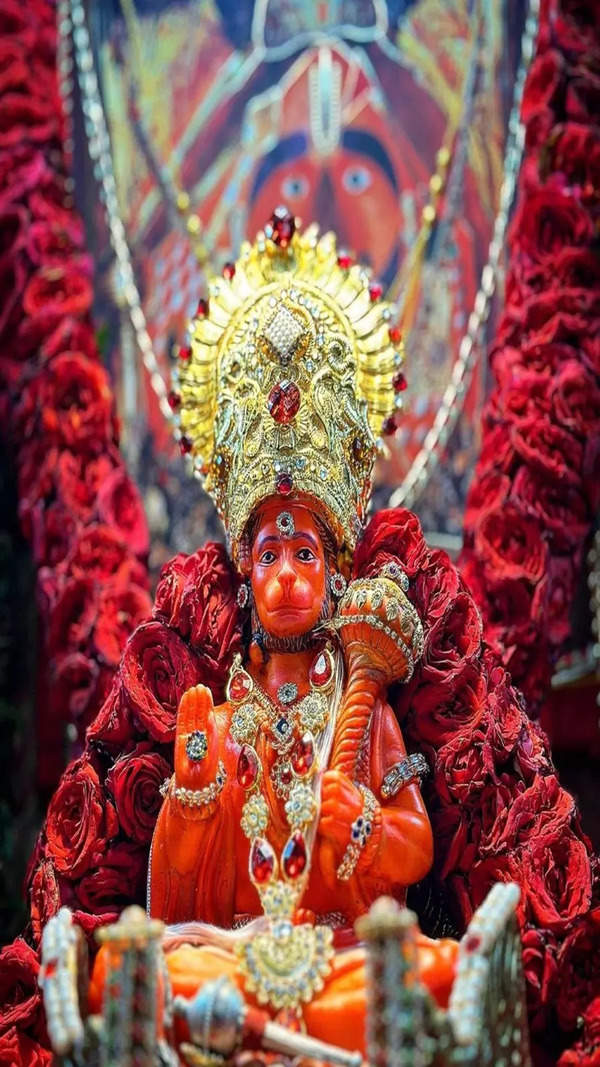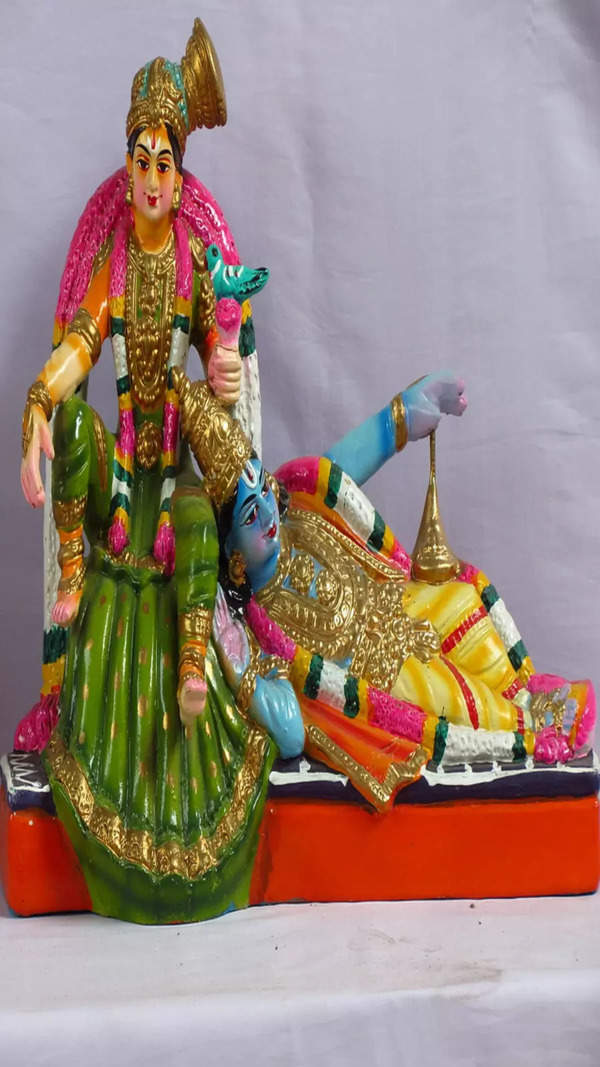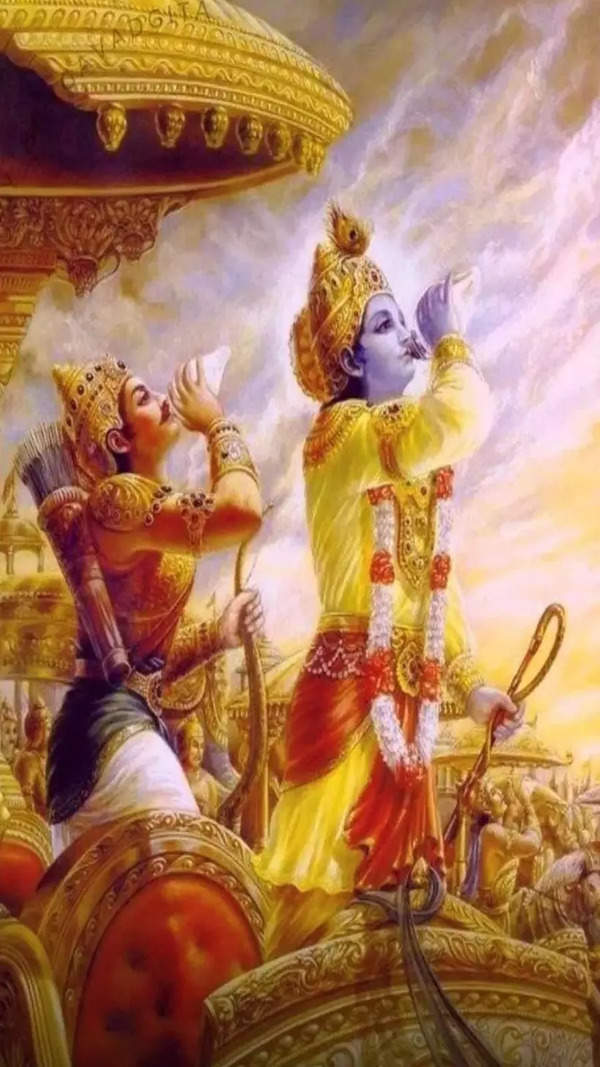- News
- Religion News
- Rituals & Puja News
- The essence of various rituals in hindu puja
Trending
This story is from November 9, 2016
The essence of various rituals in hindu puja
More than a religion, Hinduism is a way of life. Hindu pujas and rituals are endowed with a very deep significance and meaning. The purpose of every act of puja in Hinduism is to experience the otherwise incomprehensible divinity in a concrete form. Pujas are performed mainly to establish a contact with the macrocosm through microcosm. There are several kinds of Hindu pujas. The regular daily worship at homes and temples are called Nitya Puja or regular worship. During festivals and special occasions, there are also some special pujas like the Navratri Durga puja, Ganesh Chaturti and Krishnashtami. While each of them has its own format and flavor,here are the main rituals of a typical Hindu puja and their meaning.

More than a religion, Hinduism is a way of life. Hindu pujas and rituals are endowed with a very deep significance and meaning. The purpose of every act of puja in Hinduism is to experience the otherwise incomprehensible divinity in a concrete form. Pujas are performed mainly to establish a contact with the macrocosm through microcosm. There are several kinds of Hindu pujas. The regular daily worship at homes and temples are called Nitya Puja or regular worship. During festivals and special occasions, there are also some special pujas like the Navratri Durga puja, Ganesh Chaturti and Krishnashtami. While each of them has its own format and flavor,here are the main rituals of a typical Hindu puja and their meaning.
Invocation
Invocation is the first step of a puja. The place of Puja is cleaned and the altar is set up. Usually there is an object of puja in which the deity is invoked. This could be a picture, an idol, an image made of clay or turmeric or a sacred pot. The performer chants some verses to meditate on and address the deity to which the puja is intended. The purpose, setting, time and performer of the puja are stated and the deity is prayed to be present in the central object of worship to accept the puja and answer the prayers.
The main puja
Puja in several ways is similar to inviting someone to the home or a particular premises and extending a set of hospitality acts to them. The main part of Hindu puja consists of sixteen types of offerings to the divine. Some of the important ones of them include offering a seat, offering water to wash feet and hands, offering water to drink, a holy bath with different sacred and fragrant materials, offering of clothes, floral garlands and ornaments, offering sandal paste, turmeric paste and vermilion, offering turmeric smeared rice, adoring the Lord with different names accompanied by puja with flowers, offering Nivedan or cooked and uncooked eatables and fruits, offering incense sticks, waving camphor flame and some other acts of honoring the deity possible for the individual, saying the prayers.
Fazit
Every typical Hindu pujas and rituals end with thanking the deity for accepting the puja and blessing the devotee with the boons and then sending the deity back to its original place (Yathasthanam). After this step, the offerings blessed by the deity are distributed among the participants of the puja to be consumed or worn.
The essence
Hindu pujas and rituals are essentially the avenues to get in touch with the supreme self in the way and mode desired by the individual. Hindu pujas make an elaborate use of puja materials and accessories that provide a means of livelihood for the different sellers. Pujas are family and social gatherings wherein people come together and refresh their relationships. During pujas gifts are given away and charity is done to the poor and needy. Pujas help in the spiritual evolution of people and are also occasions to celebrate the different art forms like dance, music, crafts and others. Therefore they provide a holistic approach to living.
End of Article
FOLLOW US ON SOCIAL MEDIA









